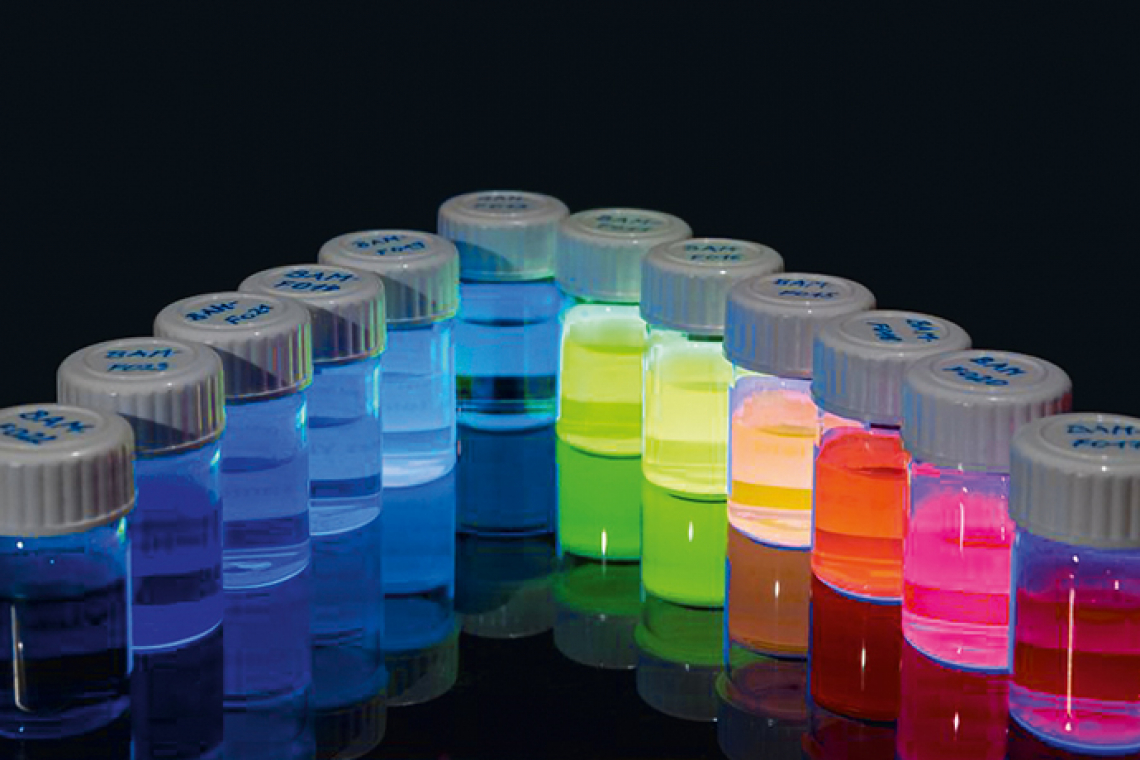In a new EU project, the Federal Institute for Materials Research and Testing (BAM) is developing standardized measurement methods for examining the surfaces of nanoparticles. The aim is to further improve the functionality and safety of nanoparticles.
Due to their tiny size of 1 to 100 nm, nanoparticles have unique properties, such as increased chemical reactivity or special optical and electronic characteristics. These properties make them indispensable in numerous technologies and products - from paints and cosmetics to solar cells, batteries and medical diagnostics. Although there are already standardized procedures for determining particle size, methods for measuring the surface chemistry of nanoparticles are still lacking. The surface plays a decisive role in how nanoparticles interact with their environment. It influences solubility, stability and the tendency to form larger particle assemblies, decisive factors for the functionality, safety and controllability of nanoparticles in various applications. In the SMURFnano project, methods and test and reference materials are being developed and validated in order to reliably measure the function and coating of nanoparticles. International standards such as ISO and CEN as well as the development and validation of simple and cost-effective analytical methods increase confidence in products with nanoparticles and in their safe use.


